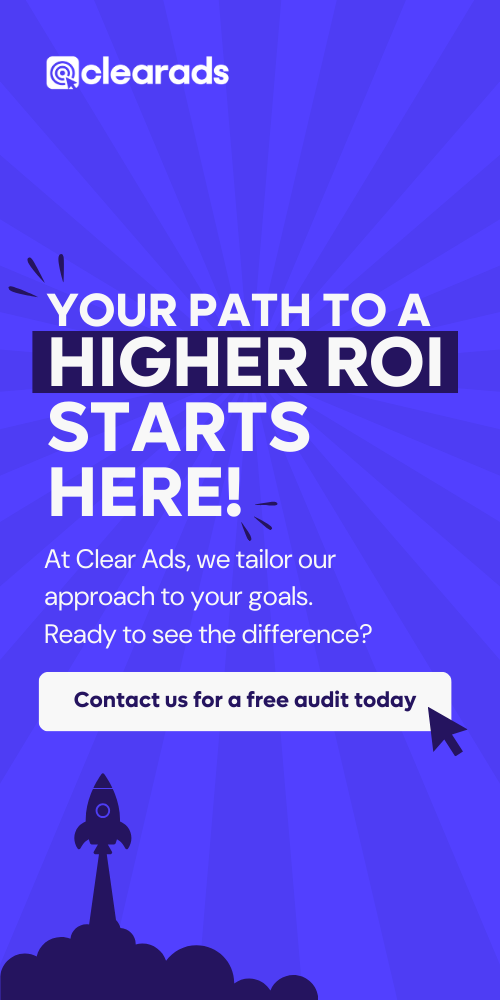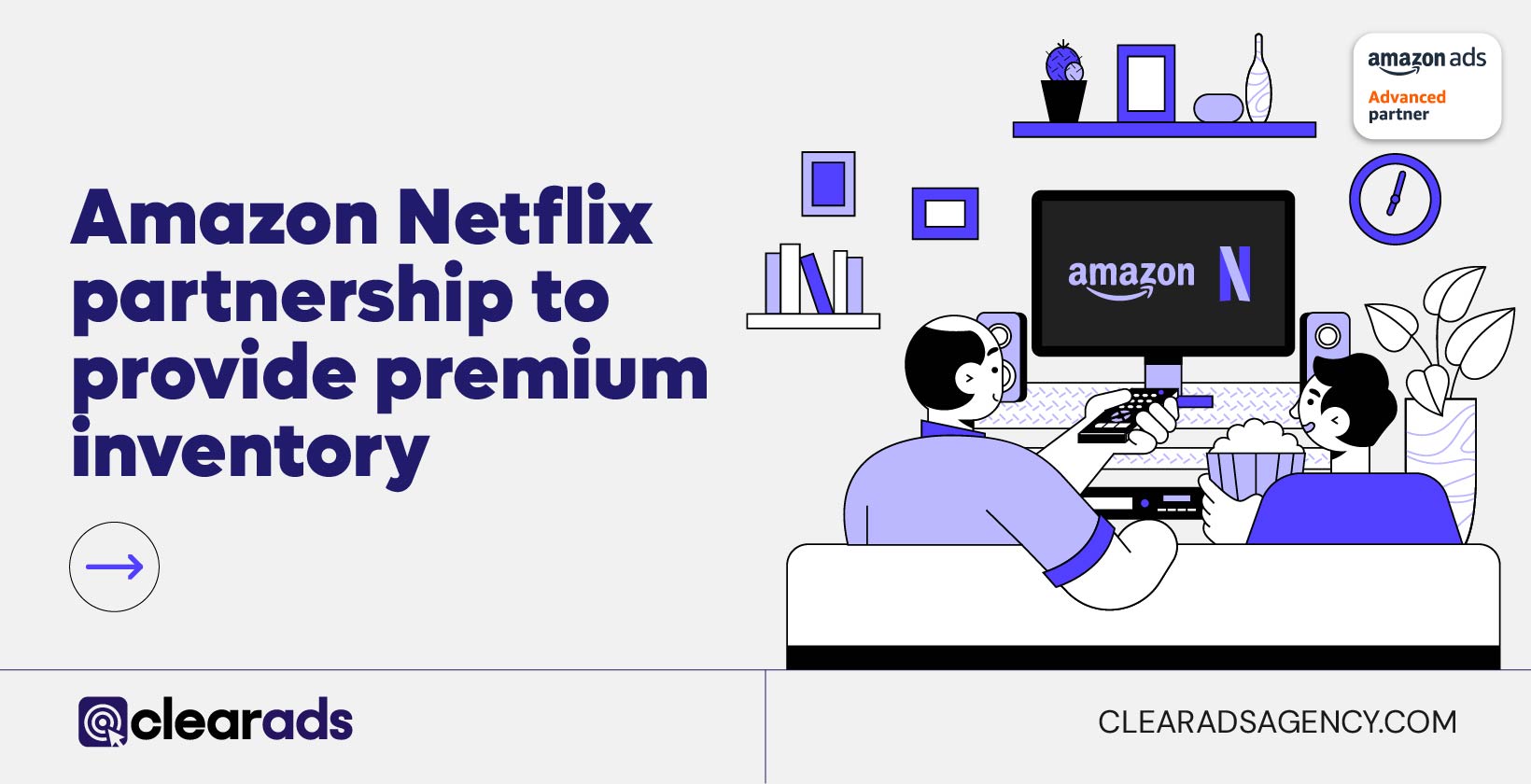Amazon is one of the world’s biggest and most effective advertising platforms… if you sell on Amazon, that is. Amazon sellers are provided with a full platform bursting with advertising tools that enable them to attract and engage with audiences both on the Amazon platform itself, and across other websites in the Amazon ecosystem.
But what if you don’t want to sell on Amazon? Or you can’t sell on Amazon? Can you still make use of Amazon advertising? Yes. And as Amazon sets into motion its latest diversification plans, the options for non-Amazon sellers are growing rapidly.
What is Non-Endemic Advertising?
Until recently, Amazon has had a very firm focus on endemic advertising. ‘Endemic’ refers to something that is native or particular to a certain place. For example, the Mohave ground squirrel is endemic to California as it’s only found in a specific region of the Mojave Desert. Endemic advertising, therefore, refers to advertising that takes place within the sales platform. In terms of Amazon, this would mean that third party marketplace sellers who both sell and advertise on Amazon are endemic brands.
Non-endemic brands are the opposite. Non-endemic advertising means that ads are displayed through different platforms than the ecommerce platform that’s used to handle transactions. For example, a brand may advertise using Google, but sales might take place through the brand’s own website, or via other third-party sites. Non-endemic advertising is becoming a firm focus for Amazon in 2022 and beyond.
What is Amazon DSP?

Amazon DSP is a demand side platform that enables advertisers to programmatically purchase ad space on Amazon, as well as on a whole host of Amazon-owned sites and subsidiaries. Programmatics buying provides advertisers with greater control over the placement of their ads, making it one of the best ways to expand reach while simultaneously targeting the right people, at the right time.
Amazon’s DSP works by drawing upon the vast amount of first party customer data held by the platform and allowing advertisers to utilize this data to build high quality pools of audiences. When using the DSP, advertisers can display their ads in many more locations than is typically available through Amazon’s standard advertising platform, including Twitch, Amazon streaming video, IMDb, Forbes, and Fire TV.
Non-Endemic Advertising & Amazon DSP
Through Amazon, non-endemic advertising is possible via the Amazon DSP. The demand side platform can be used by both Amazon sellers and by those who do not or cannot sell in the Amazon marketplace. This means that any business – even those selling services (e.g., insurance) rather than physical products, can make use of Amazon Advertising, and enjoy the same visibility benefits as on-Amazon sellers.
Increasingly, brands are taking advantage of the DSP, launching Amazon ads, and displaying them on Amazon-owned properties, without selling in the marketplace. Audio, display, and video ads can all be created by non-endemic businesses.
Advantages & Disadvantages

While there are several advantages to non-endemic advertising through the Amazon DSP – such as an ability to extend reach and tap into Amazon’s huge pools of audiences – there is one benefit that is really driving the recent uptake:
Amazon’s treasure trove of first-party data.
At a time when third-party cookies are on the cusp of extinction, organizations are facing a future where they’ll need to rely more heavily on first-party data. And that’s an area where no other advertising platform can even come close to Amazon.
As a sales platform, Amazon has the unique advantage of not just knowing what customers are searching for, but what they’re actually buying. And it’s able to use this insight to help brands target higher quality leads and prospective buyers.
For example, Google may see users searching for ‘baby blanket’, and not be able to differentiate between a person looking for pattern ideas, and a person with a need to purchase items for an infant. Amazon doesn’t have that problem. It knows if a user buys that blanket, and what’s more, it knows if that user is purchasing related items that could suggest they’re getting ready to grow their family. This is powerful stuff for brands, with insurance companies able to use this to promote their life insurance policies, or for travel companies to advertise baby-friendly vacations.
Amazon holds so much data about its users that it’s too good to ignore. Perhaps you operate a chain of brick-and-mortar stores in the Pacific Northwest. With the DSP, you can advertise through Amazon-related channels only to those audiences that Amazon knows are in the correct geographical area. Car manufacturers can target those that are buying make-specific accessories. Hotels can target people buying travel items or guidebooks for specific destinations. The possibilities are endless.
There is, though, a downside to the Amazon DSP, and that’s the rather large barrier to entry. The managed service option generally requires a minimum spend of $50,000, making it somewhat inaccessible to smaller brands.
However, as Amazon works to solidify its position in the non-endemic advertising space, it is introducing more options – and less costly options – for those who don’t sell on Amazon. One of these options was announced at the unBoxed conference in New York in 2022.
New Features Announced at unBoxed

As Amazon continues to duke it out with Google for a greater share of non-endemic advertising clients, it recently announced an alternative option to the DSP for brands that do not sell on Amazon. In October, at the unBoxed conference, Amazon confirmed that it would be expanding its Sponsored Display advertising option to non-endemic brands, providing a more accessible self-service ad type.
Sponsored Display is a pay-per-click ad type that’s available to Amazon sellers through Seller Central. It’s different to other sponsored ad types, like Sponsored Brands and Sponsored Products, in several ways. Firstly, by using behavioral signals to target customers, rather than keywords. And secondly, by allowing Amazon sellers to display ads both on Amazon and on other Amazon-owned sites.
Unlike the DSP, Sponsored Display for non-endemic brands comes with no minimum spend and is very quick and easy to set up. Initially, Sponsored Display for non-endemic brands will be invitation-only, allowing selected US brands who do not sell on Amazon to launch ads on Twitch. It is expected that more functionality and options will open up as the scheme is rolled out to more brands in the future.
However, for those brands that aren’t deterred by the DSPs minimum spend requirements, there was some additional good news at the conference. Amazon has committed to expanding its DSP offerings, starting with the introduction of digital signage in Amazon Fresh stores. This will allow non-endemic brands to programmatically purchase ads to attract and engage with fresh shoppers.
How to Use Amazon DSP for Non-Endemic Business

To get the most value out of the Amazon DSP, you’ll need to use the integrated Audience Builder that allows non-endemic sellers to select which types of audiences they want their ads to show up for. You can build audiences based on:
- On-Amazon keyword searches
- On-Amazon product views
- On-Amazon sales
- Prime Video viewing behaviors
- Twitch interactions
- Whole Foods sales
At ClearAds, we recommend that non-endemic brands combine the Amazon DSP with Amazon Marketing Cloud (AMC) services. Amazon Marketing Cloud is a relatively recent development built on Amazon Web Services (AWS) which helps businesses to combine their own data with their Amazon-generated insights to build a fully comprehensive ‘big picture’ overview of ad performance across all channels.
Armed with this broad overview of activities, businesses can find it easier to properly and accurately track the impact of their cross-channel advertising strategies, easily identify vulnerabilities or room for improvement, and tailor their approach to ensure that best results are being delivered. Combining these two powerful tools is one of the best ways to build brand awareness, facilitate conversions, achieve sustainable growth, and ultimately squeeze the most possible value out of Amazon advertising.
Use Cases
The possibilities for non-endemic advertising using the Amazon DSP – or Amazon Sponsored Display soon – are practically endless. Every business in every industry, from car manufacturing to mortgage lenders, could utilize Amazon advertising to promote their products and services to Amazon audiences.
And several highly prolific brands are already doing just that. Audible, Carnival Cruises, Mercedes-Benz USA, and DraftKings are amongst some of the latest names to advertise through Amazon, despite not selling on the platform. Even Little Caesars is on board, not only advertising its range of pizzas during Thursday Night Football, but also making it quick and easy for fans to order using a QR code.
If you don’t want to sell on Amazon, or you operate in a sector that is unable to sell on Amazon, don’t let that stop you from tapping into Amazon’s extensive audience pool. At ClearAds, we’re here to help brands explore the future of non-endemic advertising, providing them with more options than ever before to get their ads in the most prominent places, and engage with even more prospective customers.


